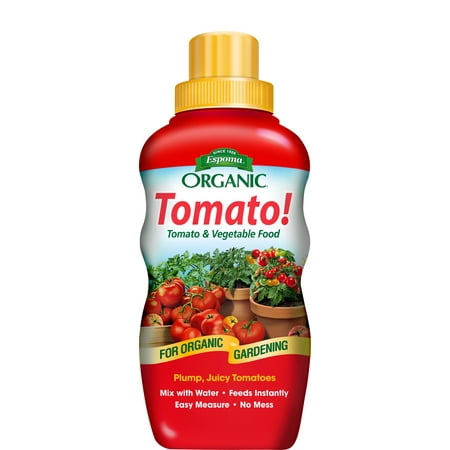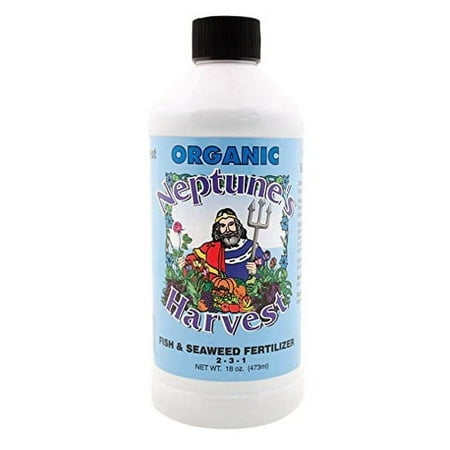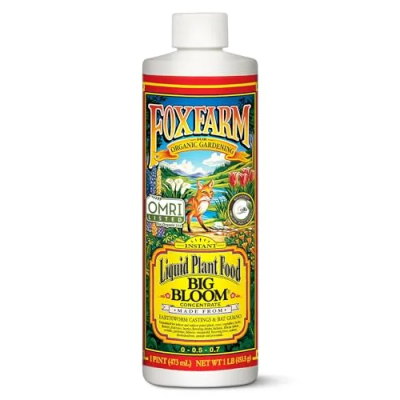Fertilize these 7 flowers and vegetables now – feeding in July will give you more flowers and better crops to harvest come fall
Plus, we reveal the best products to use
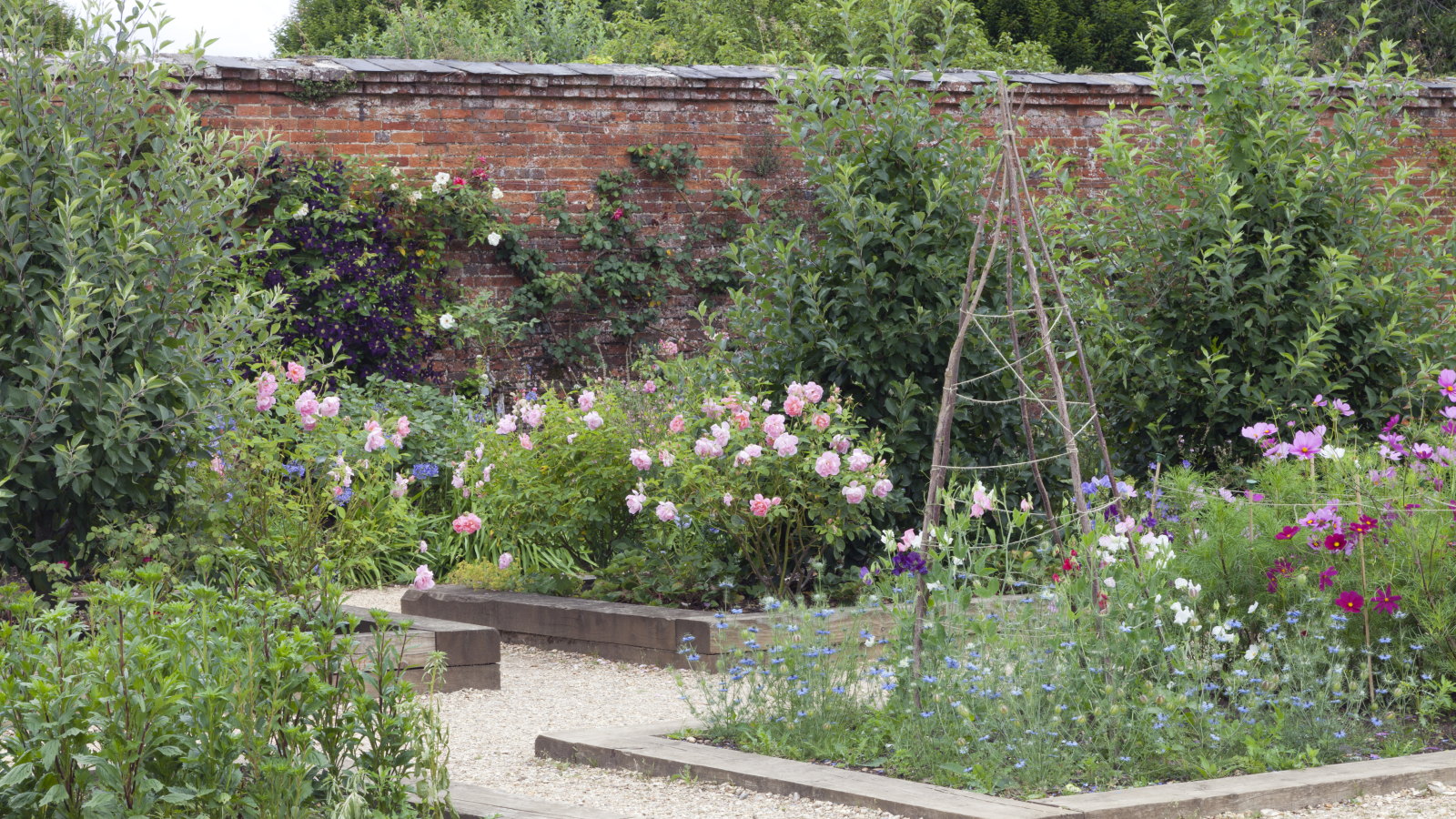
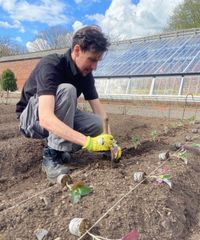
Both gardeners and plants work hard in summer. For plants, growing foliage, developing buds, opening flowers, and forming and ripening fruits take a lot of energy. They need a helping hand, and you can give that by fertilizing them this month.
Most attention goes to watering during the summer months, which is a no-brainer, but feeding plants must also be high on any summer gardening checklist. Plants can burn through nutrients quickly, which is especially the case when in containers or hanging baskets. Replenishing nutrients in the soil can make a difference between a long-lasting, spectacular display or harvest and a bit of a disappointment.
But we don’t want you to be downhearted. So, this guide to plants to fertilize in July reveals some of the most popular flowers and vegetables that will perform better with a feed, along with tips for the best products to use.
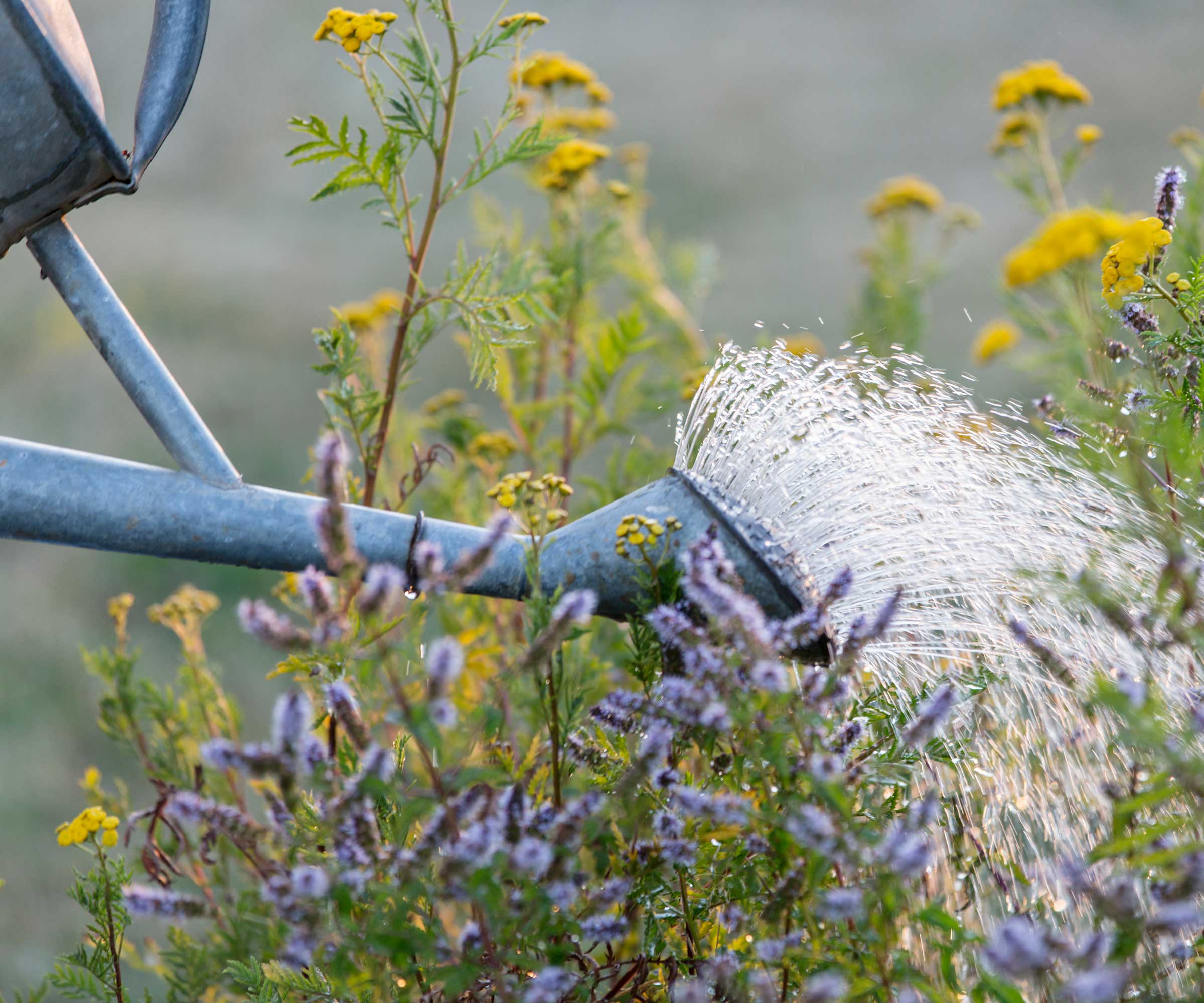
Plants to fertilize in July
Temperatures can be extremely high in July, especially in warmer climates, so it is crucial to select the optimal time to fertilize.
It is a fertilizing mistake to feed plants in very hot weather, as they are less able to absorb nutrients in extreme warmth. It is best to apply fertilizer at the cooler times of day, such as early morning or late afternoon.
1. Dahlias
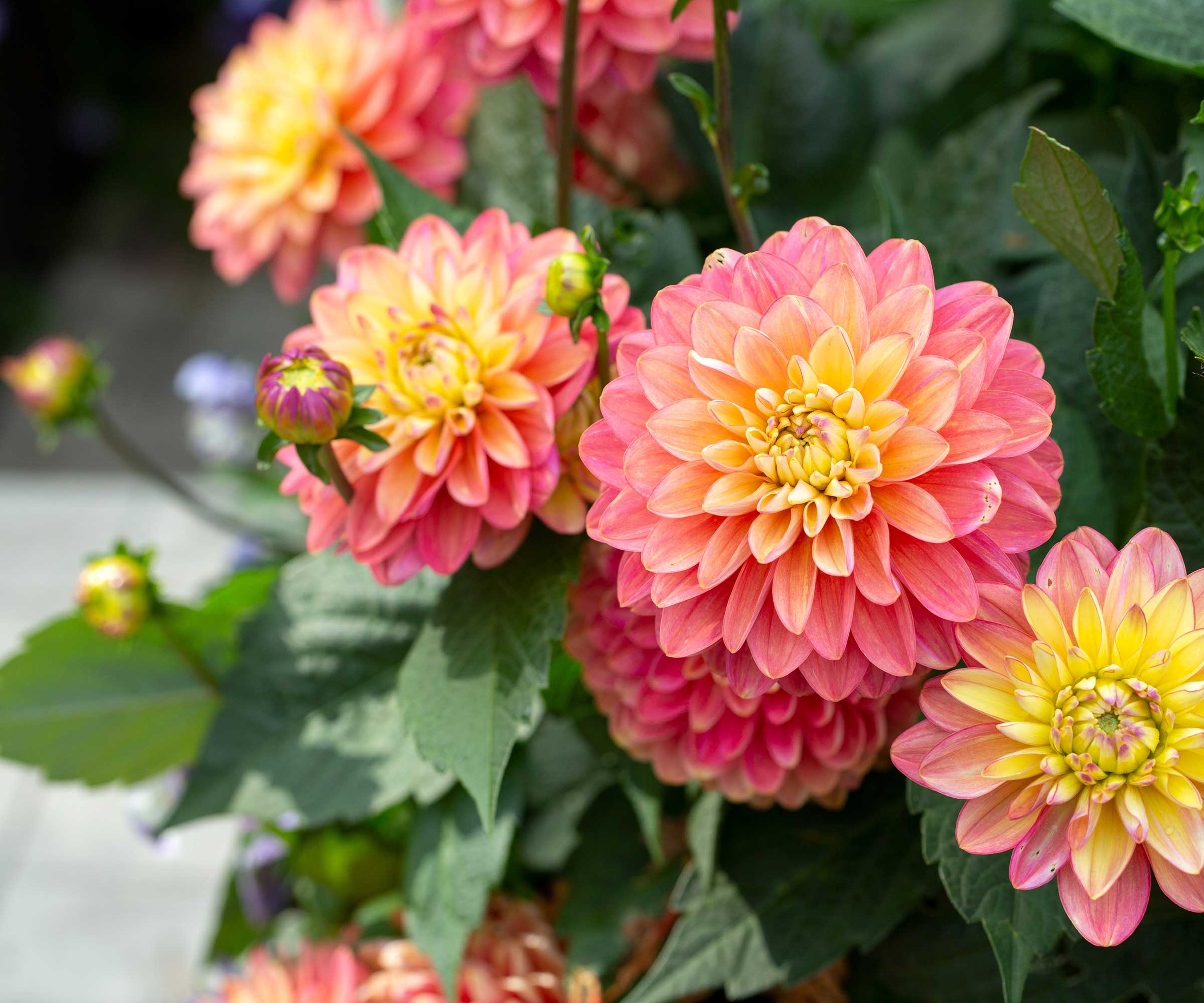
When you grow dahlias, feeding them in summer will boost flowering, giving you a bumper (and longer) display of their glorious blooms to admire.
To keep dahlias blooming, feed them with a liquid fertilizer higher in potassium and phosphorus at least once a month - doing so fortnightly is highly recommended. When you grow dahlias in pots, they definitely need feeding every two weeks to have the nutrients to thrive.
Design expertise in your inbox – from inspiring decorating ideas and beautiful celebrity homes to practical gardening advice and shopping round-ups.
Something like a tomato feed is ideal. And always avoid high-nitrogen fertilizers, as they will encourage lots of lush foliage at the expense of flowers.
2. Sweet peas
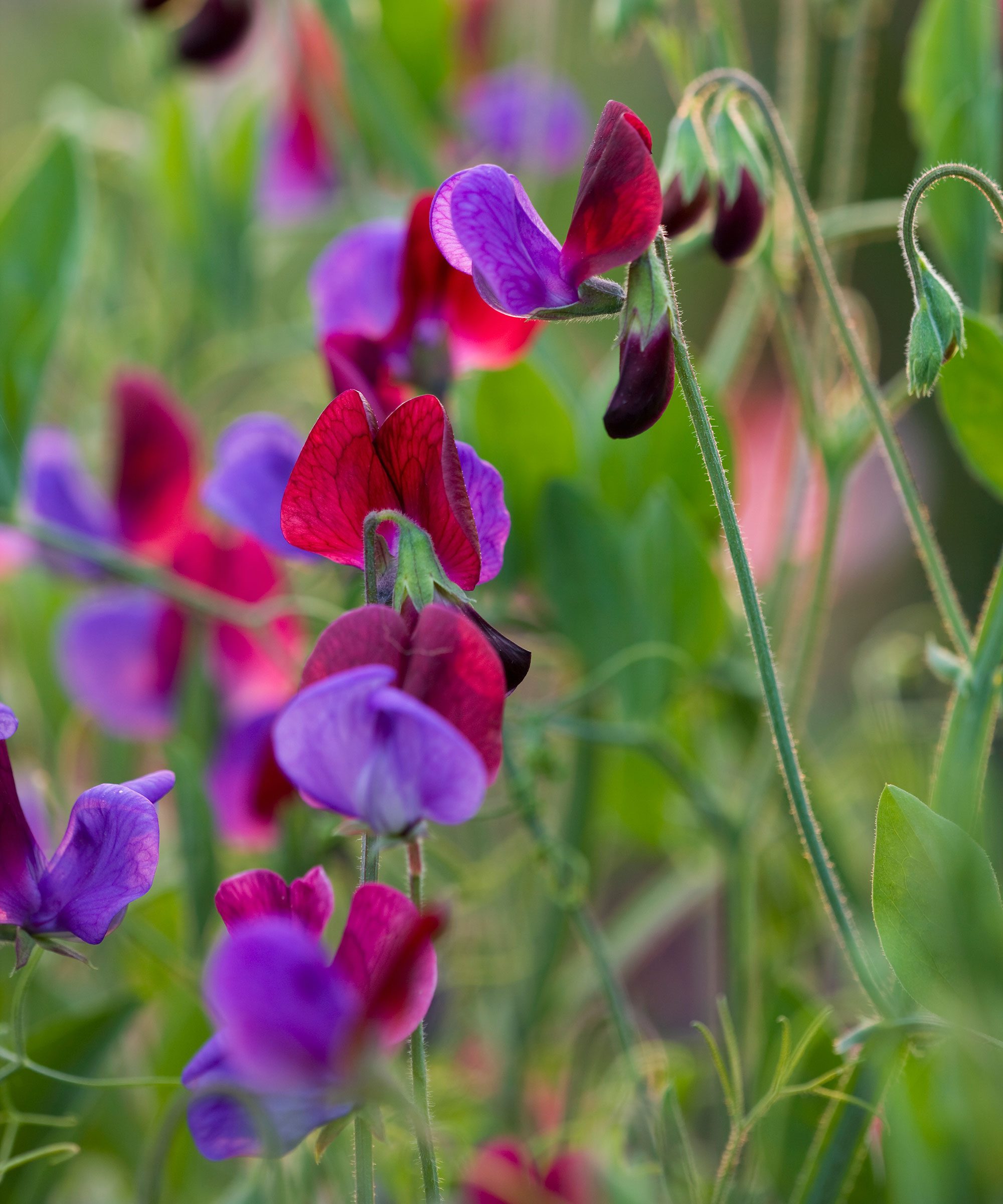
The highly scented, delicate flowers of sweet peas are universally adored by gardeners worldwide. There are so many sweet pea varieties to choose from, and whether you grow them in flower beds or a dedicated cut flower garden, you can extend the season by feeding them this month.
Feed sweet peas with a liquid fertilizer higher in potassium and phosphorus every couple of weeks to boost the flowering. And remember to keep picking and deadheading sweet peas throughout July to stop the plant from diverting energy into producing seed.
3. Roses
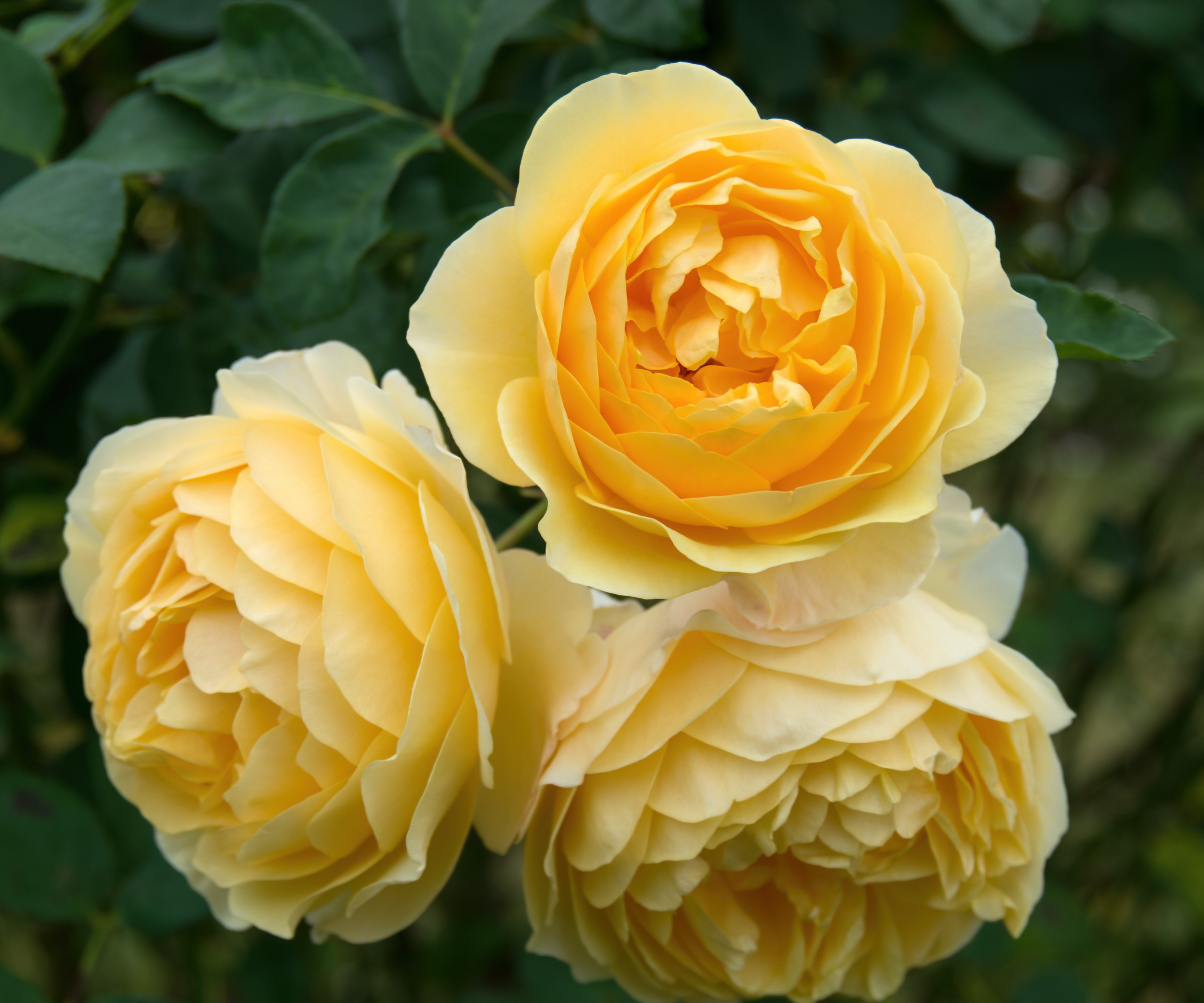
If you grow and care for roses, feeding them in summer during their peak blooming season can give a new flush of flowers.
You can either fertilize roses with a specially formulated rose product, such as this water-soluble rose plant food at Amazon, a tomato fertilizer that is high in potassium to encourage strong blooms, or a liquid seaweed feed.
There are also opportunities to make your own rose fertilizer, such as a comfrey fertilizer or nettle tea. These natural products can be steeped at home, and are diluted and applied to the roses every couple of weeks when you water the plants.
4. Lilies
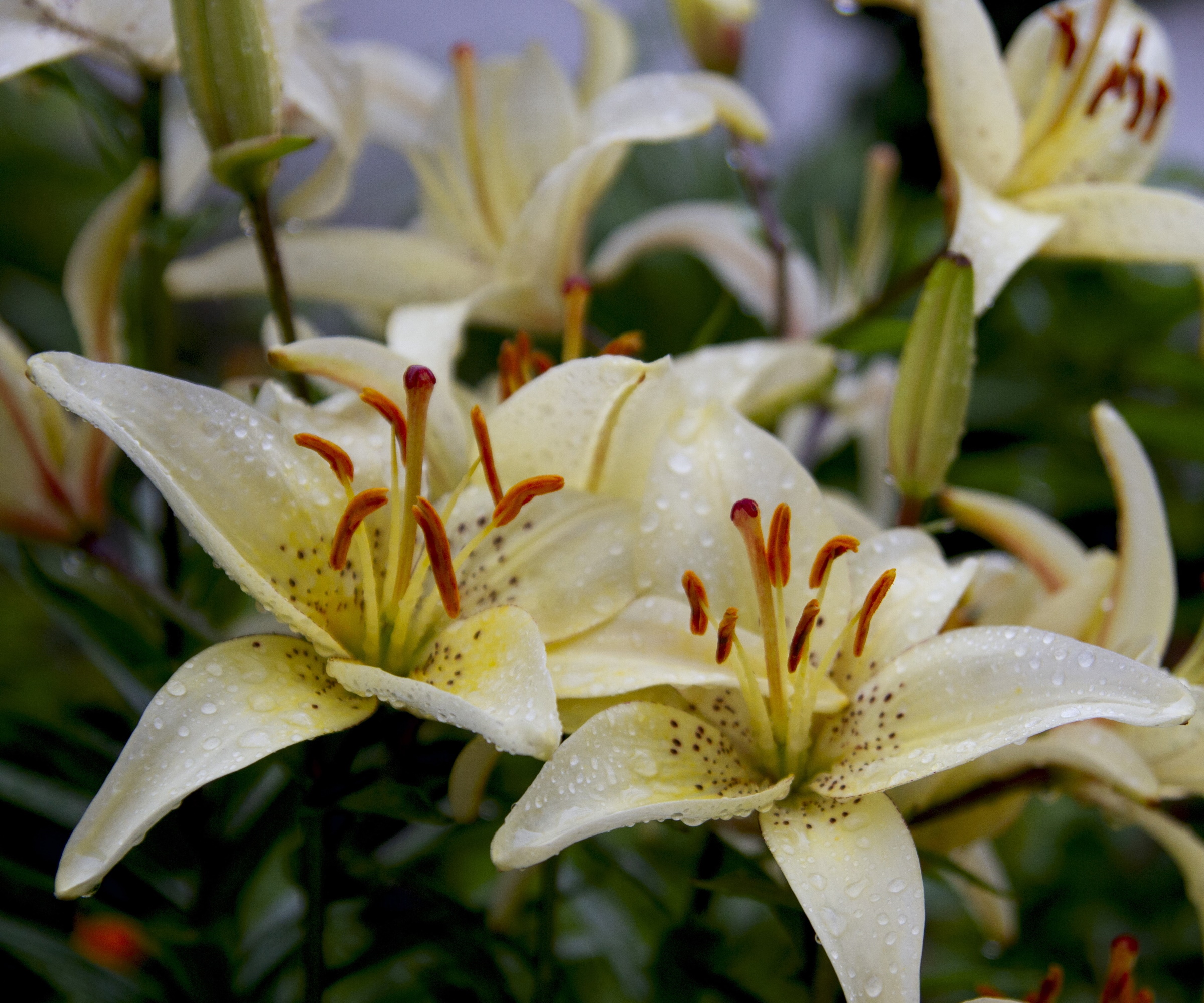
Feeding lilies in both spring and summer, especially those lilies growing in pots, helps guarantee the best dazzling flowering display. Indeed, the North American Lily Society recommends a feed in early spring, followed by ‘smaller supplemental feedings throughout the season’.
Fertilizing lilies helps with the flowering and also benefits the bulb as part of its preparations for winter dormancy. During the summer, as with so many others mentioned here, opt for products that are high in phosphorus and potassium. Use a liquid feed every two weeks from early summer until September.
5. Tomatoes
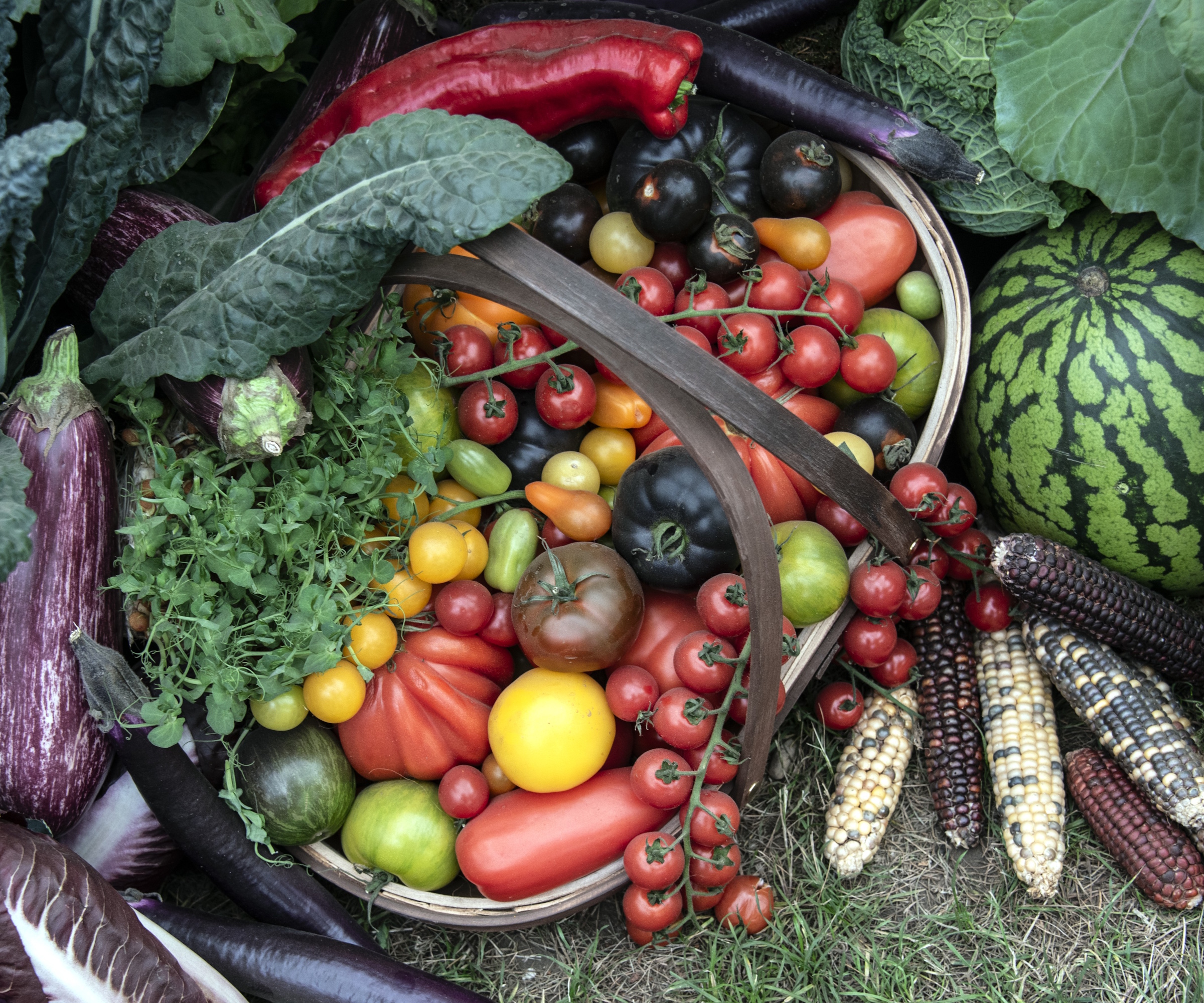
When growing tomatoes, they hugely benefit from feeding during summer, once the plants start flowering and fruiting.
In summer, once the plants have started to set fruit, it is time to establish a regular feeding schedule, especially if you are growing tomatoes in pots. It is recommended to feed plants every week or two with a liquid tomato fertilizer rich in phosphorus and potassium.
These two nutrients are vital in helping tomato plants develop and ripen the fruits. Having a regular schedule of fertilizing tomatoes gives the best opportunity to increase tomato yields. It can even potentially mean growing bigger tomatoes.
Just as with roses, you can use comfrey feed or nettle tea in summer if you want to make your own tomato fertilizer and grow your crops as organically as possible.
6. Peppers
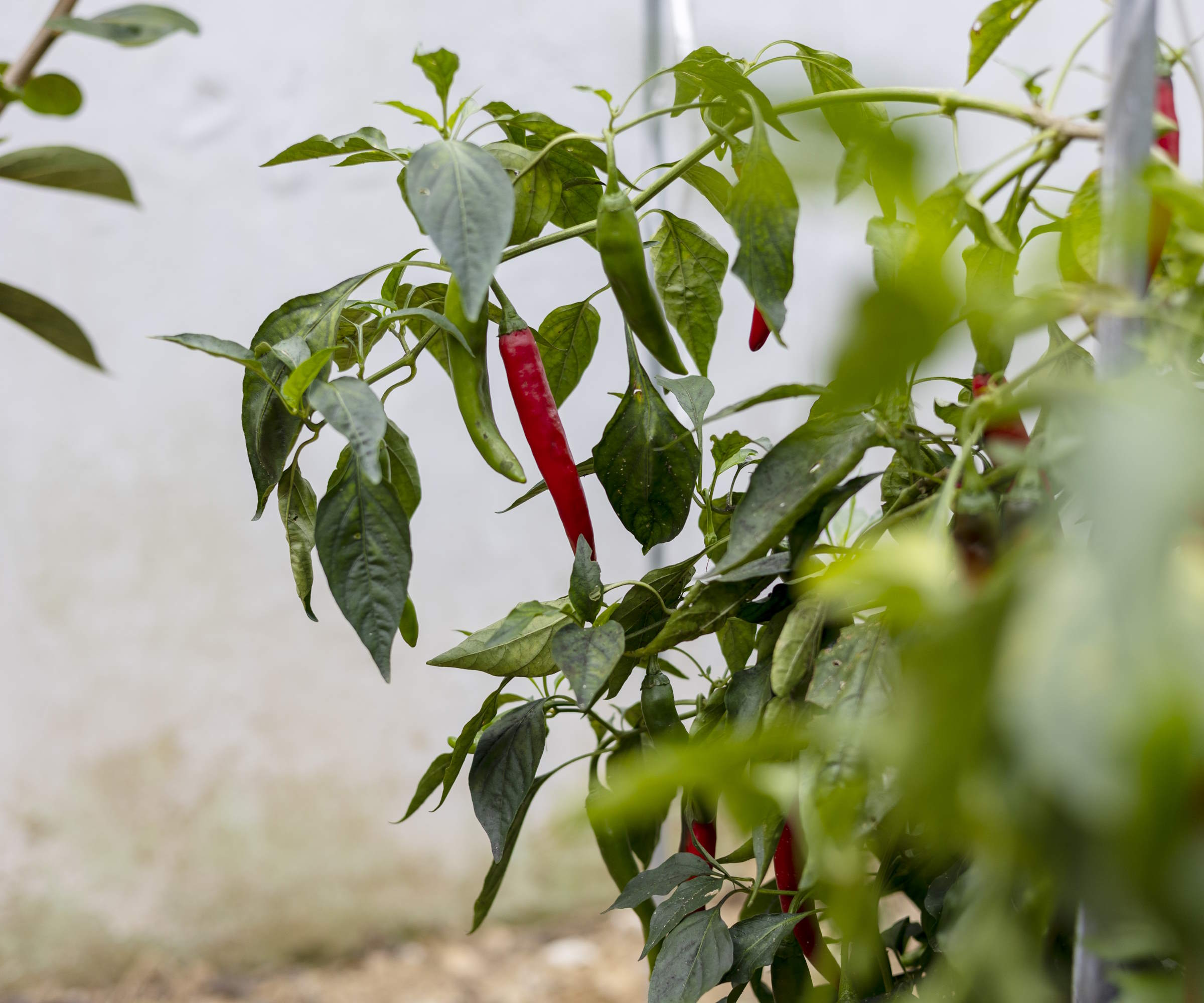
Whether you are growing chili peppers or bell peppers, feeding them during summer helps plants produce and ripen fruits. It is first advisable to provide peppers with plenty of nutrients when planting, either by adding organic matter to boost the soil or a balanced fertilizer when you plant seedlings.
However, it becomes even more important to fertilize chili plants or bell peppers once plants start flowering. A feed with a liquid fertilizer higher in phosphorus and potassium really encourages the development of flowering and fruiting. It supplies the correct nutrients to support the plant's transition from growing foliage to producing and ripening fruit.
As with others on this list, a liquid tomato feed is ideal for fertilizing bell peppers or chilies. They give a quick dose of nutrients, but do need to be applied every two to three weeks.
7. Zucchini
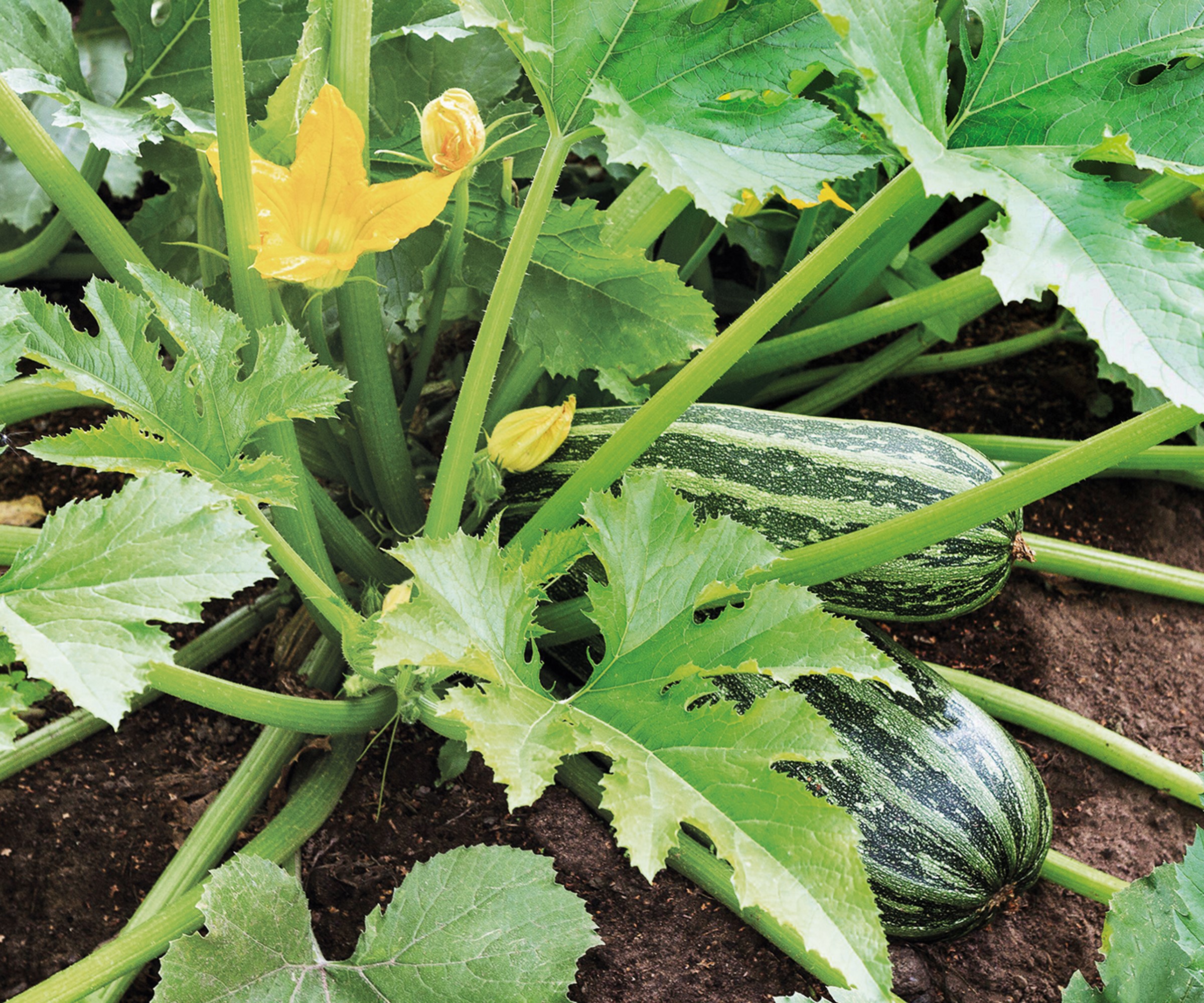
These summer staples are always one of the most prolific vegetables to grow. They are hungry crops that need lots of nutrients throughout the season, and fertilizing zucchini in July helps provide all they need to produce a bumper harvest of fruits.
It can be done with just one feed in summer. When the plants are flowering, give them a dose of organic, balanced all-purpose fertiliser, such as one with an NPK of 10-10-10, at the recommended rates. One example of such a product is this All Purpose Flower and Vegetable Plant Food available at Amazon.
If you choose a feed specifically designed for vegetables, it will also contain calcium. This is essential in helping to prevent blossom end rot, a common issue when growing zucchini, tomatoes, or peppers.
July always feel such a busy month in the garden, with weeding, feeding, watering, deadheading, and pruning. You need to take time to sit back and enjoy the space, but some plants will benefit from a summer trim.
This guide to plants to prune in July includes some choice selections that should be on your to-do list for this month.
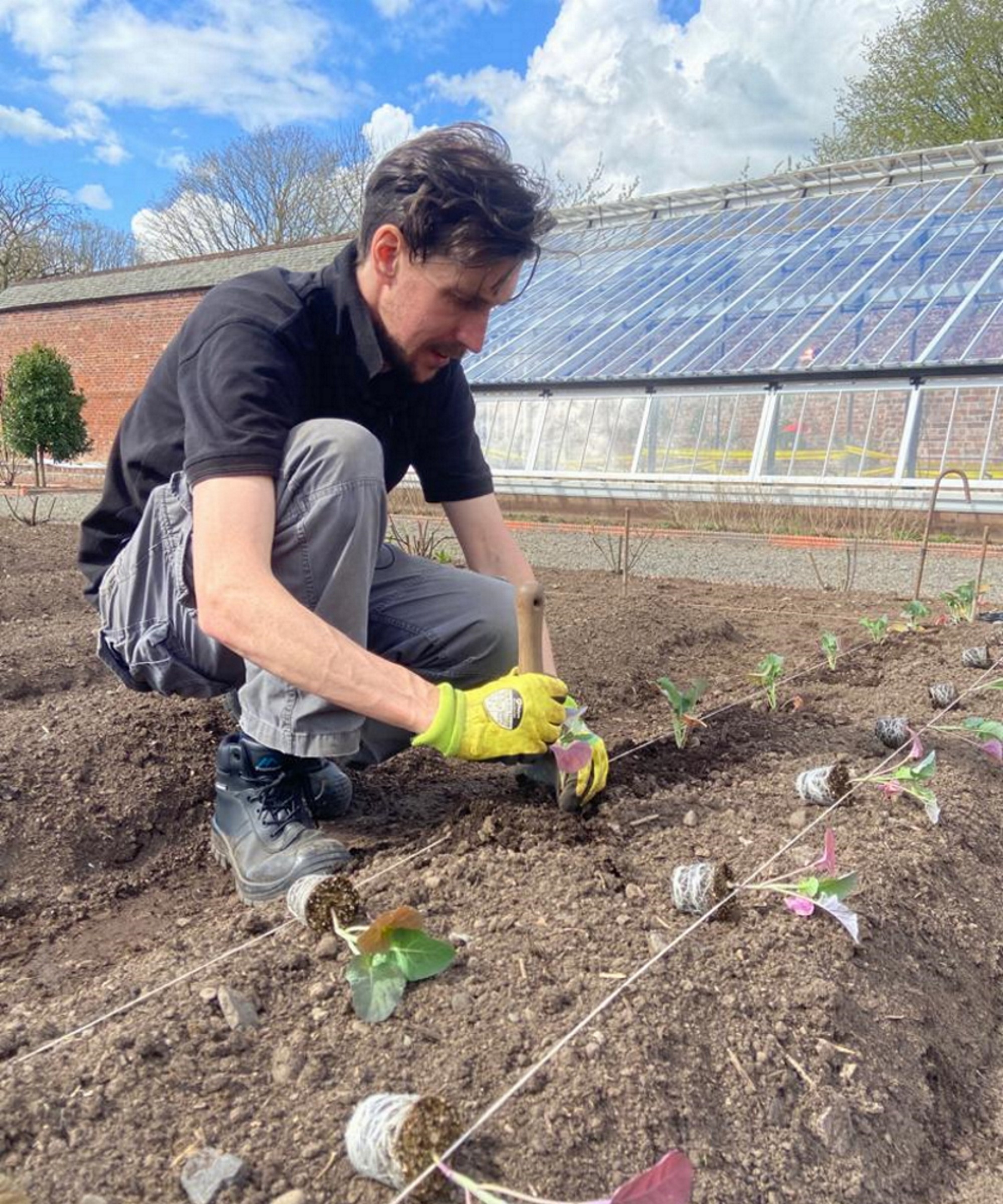
Drew has worked as a writer since 2008 and was also a professional gardener for many years. As a trained horticulturist, he worked in prestigious historic gardens, including Hanbury Hall and the world-famous Hidcote Manor Garden. He also spent time as a specialist kitchen gardener at Soho Farmhouse and Netherby Hall, where he grew vegetables, fruit, herbs, and cut flowers for restaurants. Drew has written for numerous print and online publications and is an allotment holder and garden blogger. He is shortlisted for the Digital Gardening Writer of the Year at the 2025 Garden Media Guild Awards.
You must confirm your public display name before commenting
Please logout and then login again, you will then be prompted to enter your display name.
